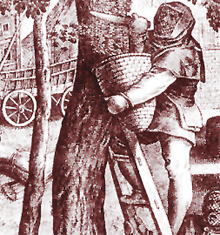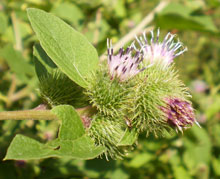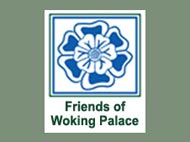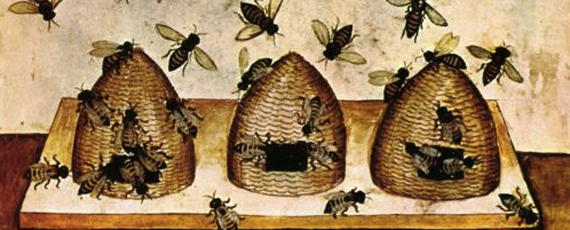The Bees at Woking Palace
In Tudor times, bees provided honey for food, drink and medicine, and beeswax candles were consider the very best form of lighting.
It is likely beekeeping was a familiar part of the Palace’s household management. Honey and beeswax were also taken in rental payment from tenants during those times.
There is a hive of honeybees in the grounds. They are placed well away from the Palace Building and the Copse and are in the North West of the site. If you happen to walk near the hive, you will see a warning sign. Move slowly and calmly away.
Walkers are advised to sensibly keep themselves, children and pets well away. Bees are not aggressive unless disturbed and then only in defence of their homes.
A sign will be put up when beekeeping work is in progress and information about what the bees are doing may be posted on the site from time to time.
Further information can be obtained from the Beekeeper on 01932 349828.
Bees are under threat like never before, and their numbers are declining. There are ways in which you can help such as growing bee-friendly plants in your garden - visit the Soil Association's site for more information.
Busy bees in Surrey Bee Movie

Medieval beekeeper |

Plenty of food on the site |






